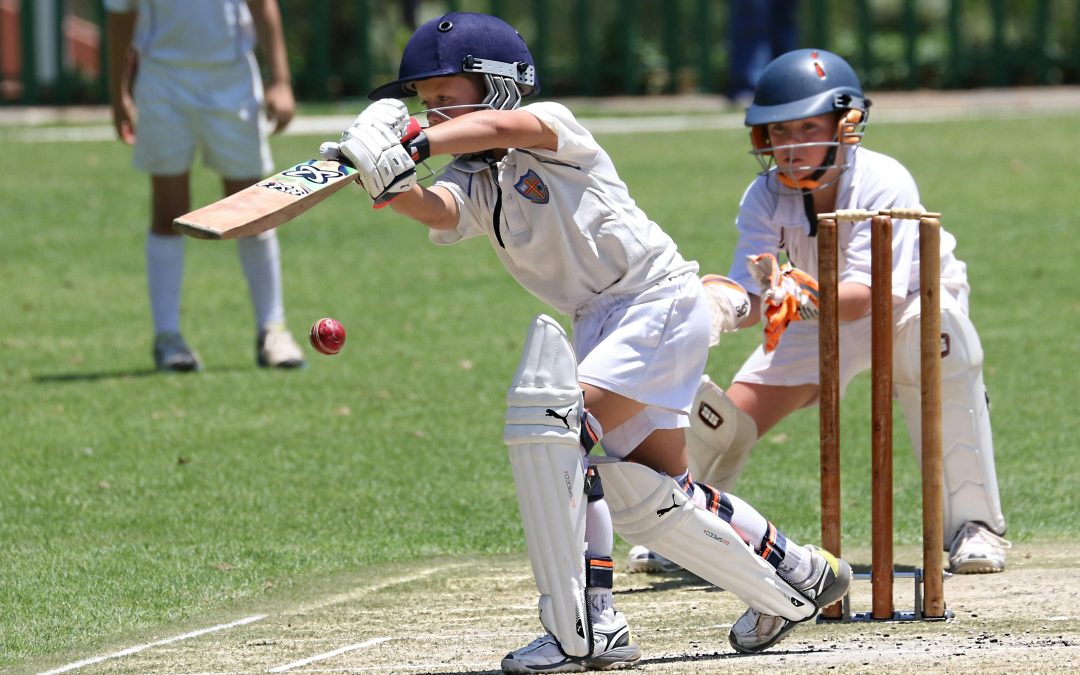How to Prevent Lower back pain in young cricketers
Lower back pain is a prevalent issue among young cricketers, significantly affecting their performance and overall well-being. Understanding the causes, implementing prevention strategies, and utilising effective management techniques are crucial for young athletes and their coaches. This article provides a comprehensive analysis of these aspects to help young cricketers maintain their health and achieve their full potential in the sport.
Causes of Lower Back Pain in Young Cricketers
repetitive stress
Cricket involves repetitive actions such as bowling, batting, and fielding, which can place considerable stress on the lower back. These repetitive movements can lead to muscle fatigue, strain, and overuse injuries. For instance, fast bowlers frequently experience lower back pain due to the high-impact forces exerted during their delivery stride. Similarly, batsmen may develop pain from repetitive twisting and bending motions during their innings.
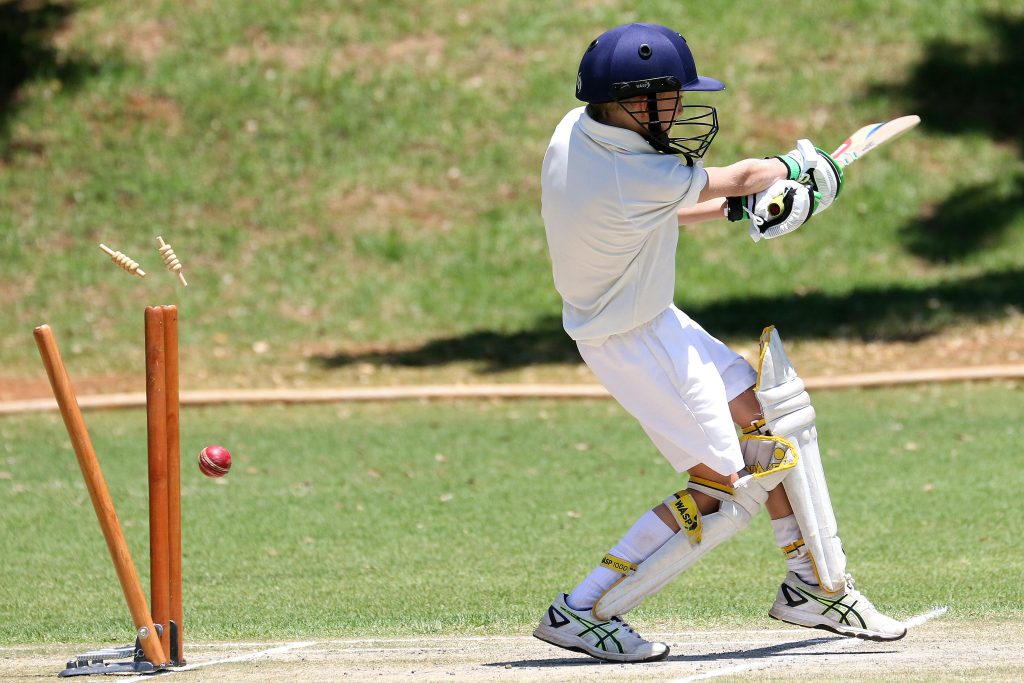
poor technique
Incorrect bowling and batting techniques are major contributors to lower back pain in young cricketers. Those who do not learn proper mechanics are at higher risk of developing pain due to uneven stress distribution on the spine and surrounding muscles. For example, an improper bowling action can result in excessive lumbar flexion or extension, causing undue stress on the lower back. Likewise, poor batting posture can lead to similar issues, affecting the player’s ability to perform efficiently and safely.
Lack of core strength
A weak core fails to provide adequate support to the lower back during intense physical activities. Core muscles, including the abdominals, obliques, and lower back muscles, play a crucial role in stabilising the spine. Insufficient strength in this area can lead to compensatory movements and subsequent pain. Young cricketers with weak core muscles may find themselves unable to maintain proper posture and control during play, increasing the risk of lower back injuries.
Inadequate Warm-Up and Cool-Down
Skipping proper warm-up and cool-down routines can make muscles and ligaments more susceptible to injuries. Without these crucial practices, young cricketers may experience stiffness and lower back discomfort. A thorough warm-up increases blood flow to the muscles, enhancing flexibility and reducing the risk of strains. Similarly, a proper cool-down helps in the gradual recovery of muscles, preventing stiffness and soreness that could lead to pain.
heavy workload
Overtraining and excessive play without adequate rest can overload the lower back muscles. Young cricketers often face the pressure of balancing training, matches, and school, leading to insufficient recovery time and increased risk of pain. High workloads without sufficient rest periods can lead to chronic fatigue and overuse injuries, severely impacting a player’s ability to perform and recover effectively.
Prevention of Lower Back Pain in Young Cricketers
Proper Technique training
Ensuring young cricketers receive training on the correct techniques for bowling, batting, and fielding is essential. Professional coaching can help young athletes learn the right postures and movements, reducing undue stress on the lower back. For instance, coaches can emphasise the importance of maintaining a straight back during bowling and proper alignment during batting. This reduces the risk of injury, enhances performance and reduces the likelihood of lower back pain in young cricketers.
Strength and Conditioning Programmes
Incorporating strength training, particularly focused on the core, can provide better support for the lower back. Exercises such as planks, bridges, and abdominal workouts should be part of a cricketer’s regular training routine. Strengthening the core muscles enhances stability and reduces the likelihood of lower back injuries. Additionally, incorporating exercises that target the lower back, hips, and legs can provide comprehensive support for the spine.
regular warm-up and cool-down
Emphasising the importance of a thorough warm-up before and a proper cool-down after training sessions and matches can prevent muscle stiffness and improve flexibility. Dynamic stretches before play and static stretches afterwards can be beneficial. Dynamic stretching helps prepare the muscles for intense activity, while static stretching aids in the recovery process, preventing stiffness and pain.
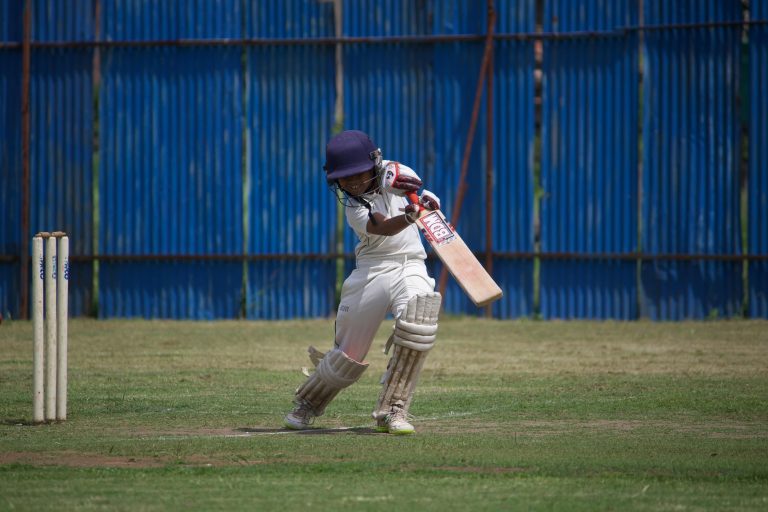
Balanced training schedule
Creating a balanced training schedule that allows for sufficient rest and recovery is crucial. Coaches should monitor the workload and ensure young cricketers are not overburdened, preventing fatigue-related injuries. A well-structured schedule that includes rest days and lighter training sessions can help maintain the physical and mental well-being of young athletes.
ergonomic equipment
Using properly fitted and ergonomically designed cricket equipment can also play a role in preventing lower back pain in young cricketers. Bats, pads, and other gear should be appropriate for the player’s size and strength. For example, a bat that is too heavy can strain the back during swings, while poorly fitted pads can restrict movement and cause discomfort. Ergonomically designed equipment ensures that the player’s movements are natural and safe.
Management of Lower Back Pain in Young Cricketers
rest and recovery
Immediate rest is essential to manage acute lower back pain in young cricketers. Reducing activity levels and avoiding actions that exacerbate pain can help in the initial recovery phase. Rest allows the injured muscles and ligaments to heal, preventing further damage. During this period, it’s important for young cricketers to avoid strenuous activities that could worsen their condition.
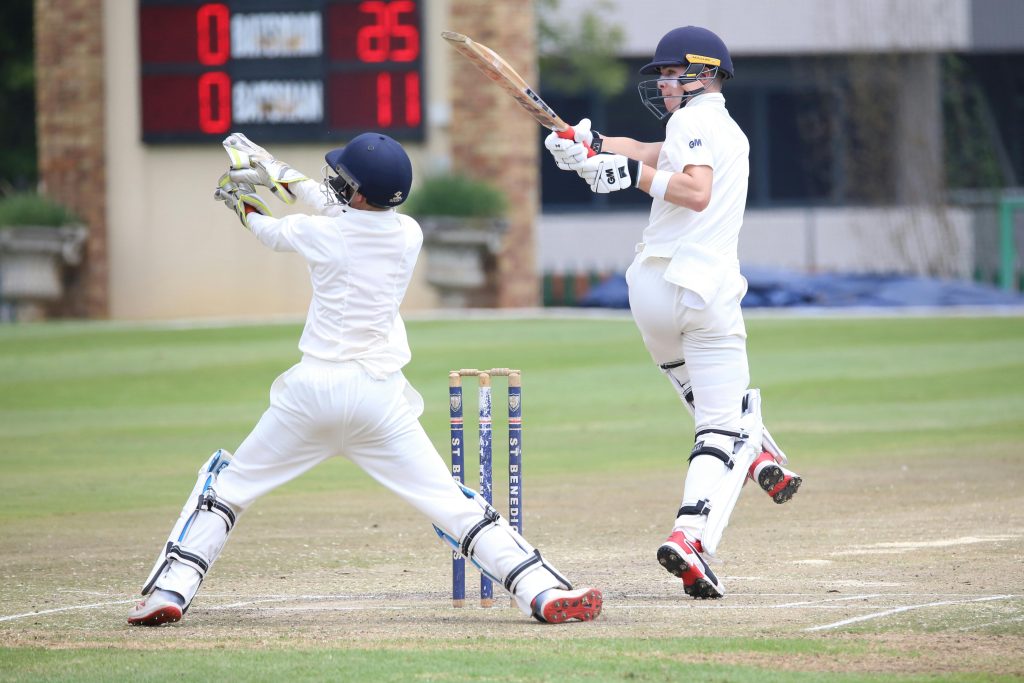
physical therapy
Consulting a physical therapist can provide tailored exercises and treatments to alleviate pain and improve mobility. Techniques such as manual therapy, stretching, and strengthening exercises can aid recovery. Physical therapists can design specific rehabilitation programmes that address the individual needs of young cricketers, helping them regain strength and flexibility in their lower back.
Pain relief
Over-the-counter pain relief medications or topical analgesics can be used to manage pain but should be taken under the guidance of a healthcare professional to avoid dependence and side effects. Pain relief options should be used as part of a comprehensive treatment plan that includes rest, physical therapy, and gradual return to activity.
gradual return to activity
Once the pain subsides, young cricketers should gradually return to their regular activities. A phased approach helps in rebuilding strength and prevents re-injury. This involves gradually increasing the intensity and duration of training sessions, allowing the body to adapt and recover fully before resuming full activity levels.
continuous monitoring
Keeping a close watch on any recurrence of pain and seeking medical advice promptly can prevent chronic issues. Regular check-ups with a sports physician or physiotherapist can be beneficial. Continuous monitoring ensures that any signs of recurring pain are addressed early, preventing long-term complications and ensuring the athlete’s health and performance are maintained.
Summary and Conclusion
Lower back pain in young cricketers is a multifaceted issue that can arise from repetitive stress, poor technique, lack of core strength, inadequate warm-up routines, and heavy workloads. Preventive measures, including proper technique training, strength conditioning, balanced training schedules, and ergonomic equipment, can significantly reduce the risk. Effective management involves rest, physical therapy, appropriate pain relief, and a gradual return to activity. By addressing these aspects, young cricketers can maintain their performance levels while safeguarding their health, ensuring a long and successful career in the sport.
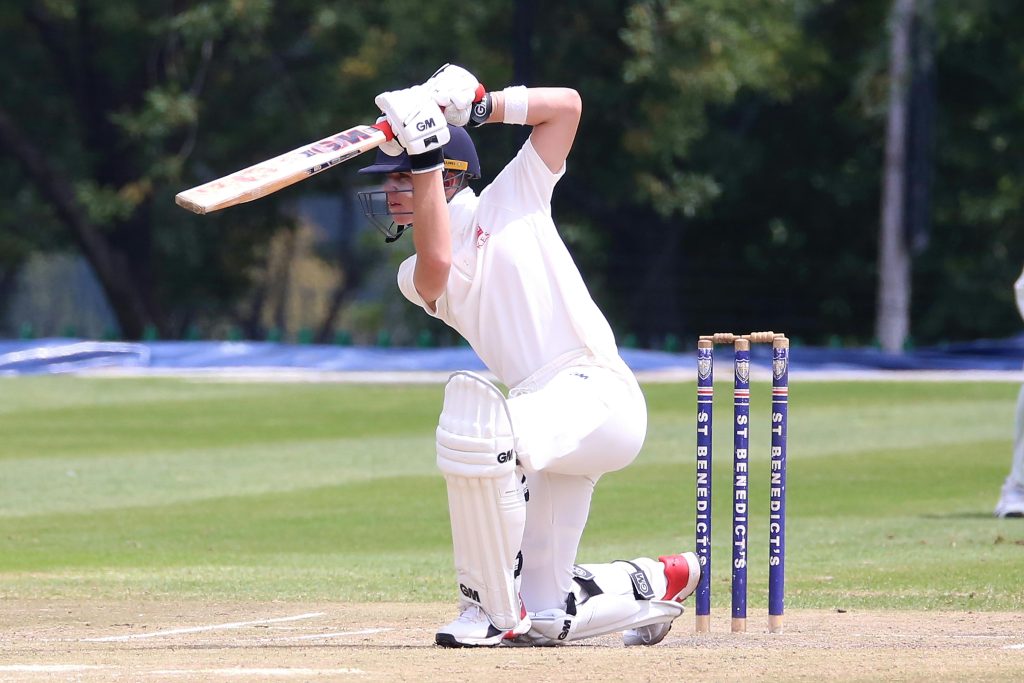
In summary, addressing lower back pain in young cricketers requires a holistic approach that combines prevention and management strategies. Coaches, parents, and the athletes themselves must work together to implement these strategies effectively. With proper education, training, and support, young cricketers can minimise the risk of lower back pain and enjoy a fulfilling and injury-free career in cricket. By prioritising their health and well-being, these athletes can achieve their full potential and contribute to the success of their teams and the sport as a whole.
If you wish to seek further help or speak to a practitioner about any of the above, call us on 0800 731 2738 or book online here.
You can also view all the services we provide within our clinics on our website, as well as checking out our other blogs and content.
For more free tips and information, make sure to follow our Facebook and Instagram pages. We also post client stories, so you can see how we’ve helped people get back to doing the things they enjoy!
